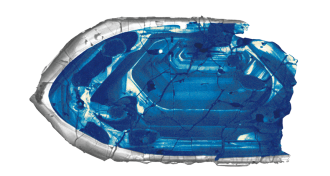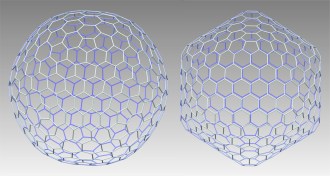Chemistry
Sign up for our newsletter
We summarize the week's scientific breakthroughs every Thursday.
-
 Chemistry
ChemistryColor-changing polymer maps fingerprints
Tiny beads of sweat may offer new way to identify people’s fingerprints.
By Meghan Rosen -
 Chemistry
ChemistryHow urine will get us to Mars
A new recycling system turns pee into drinking water and energy, a small step toward really long-term space travel.
-
 Chemistry
ChemistryThis is what happens when you pee in the pool
Swimming pools are basically chemical toilets, but here’s why I’ll keep swimming.
-
 Science & Society
Science & SocietyStone throwers might toss fingerprints into police hands
An Israeli police lab is studying methods to develop fingerprints on rock to identify stone throwers.
-
 Chemistry
ChemistryMilk protein a potential flame retardant
Protein found in milk offers a nontoxic way to extinguish fabric fires.
By Beth Mole -
 Earth
EarthAge of Earth’s crust confirmed
Decaying atoms traced in zircon uphold dating of Earth's crust at about 4.374 billion years old.
-
 Tech
TechCreature power
Biological fuel cells that generate electricity by harnessing sugars and oxygen in the body may one day power implanted devices in humans and other animals.
By Sam Lemonick -
 Chemistry
ChemistryX-rays uncover hidden faces in Rembrandt painting
Lead paint under the surface of the work gives away the artist’s indecisiveness.
By Beth Mole -
 Math
MathGoldberg variations: New shapes for molecular cages
Scientists have figured a way to iron out the wrinkles in a large class of molecular cages.
-
 Chemistry
ChemistryCarbon monoxide junked for making plastic
Using a catalyst, chemists can swap in the less dangerous carbon dioxide.
By Beth Mole -
 Chemistry
ChemistrySwapping electrolytes could prevent big battery fires
Researchers now say they have designed a nonflammable lithium ion battery that is as effective as what is already in use.
-
 Chemistry
ChemistryBattery blueprint promises green energy storage
A device that relies on organic molecules could cheaply bank power from renewable sources.
By Beth Mole